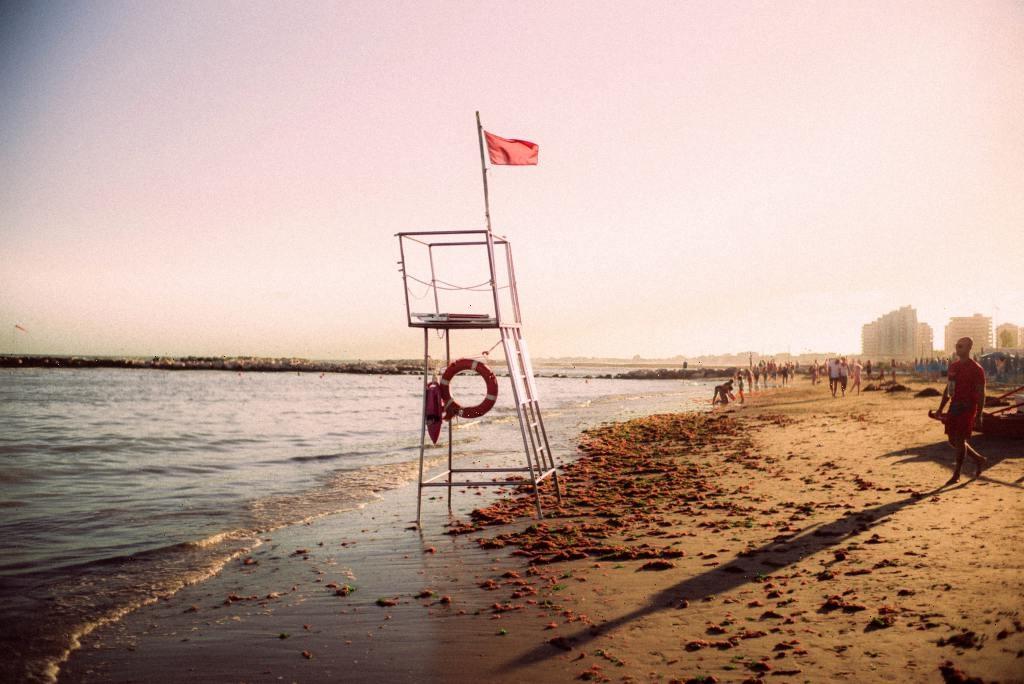On Tuesday, a 7-year-old boy drowned after being caught in a rip current in Galveston, Texas. He had been at the beach with his family, and now authorities are searching for his body. It’s a heartbreaking story, and a reminder to all parents that their families must know and practice beach and water safety this summer to avoid tragedy.
First, the American Academy of Pediatrics (AAP) recommends swim lessons for all children, and their parents, as the first layer of water safety. Recent studies suggest that water survival skills training and swim lessons can help reduce drowning risk for all children including those 1 to 4 years old. The American Red Cross offers water safety and swimming lessons for kids 6 months and older, as well as adults.
The AAP also recommends staying within arm’s length, providing constant “touch supervision,” whether it’s bath time or swim time. When in or near natural bodies of water like lakes, rivers, or oceans, the AAP advises that children should always wear properly-fitted life jackets approved by the U.S. Coast Guard. But, floaties or other flotation aids should not be used, as they can fail off and provide a false sense of security.
The National Weather Service advises that you check its forecast for local beach conditions before you leave for the beach. When you get there, ask lifeguards about rip currents and other hazards. You can also check Surfline for swell heights and intervals, the tide schedule, and wind conditions.
When you get to the beach, don’t let your kids — or yourself — rush in to the water.
“Never go into the ocean until you’ve watched it for a good 15 minutes,” Californian big-wave surfer Richard Schmidt told Outside, warning that even when the waves are big, the ocean can appear calm between sets. “Some people jump right in, thinking it’s docile. The next thing you know, you’re getting pounded.”
Schmidt said you should also look for lifeguards, observe how other swimmers are handling the waves, and note any rocks or jetties that could be hazards. Also, check for red flags indicating rough conditions, like rip currents, which are narrow channels of water that flow away from the beach and can quickly carry you or your child out to sea. They can be subtle but very powerful.
Though you should avoid areas with rip currents, both parents and kids should know how to handle a rip current if they ever get caught in one. Instead of trying to swim back against the current, you need to first escape it. Swim parallel to the beach to break the rip current, then swim back in to shore. Check out the Red Cross tips for swimming safely in the ocean for more life-saving advice.
Source: Read Full Article

